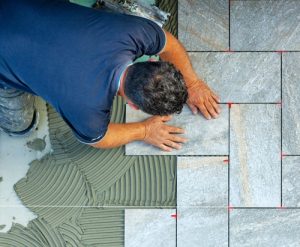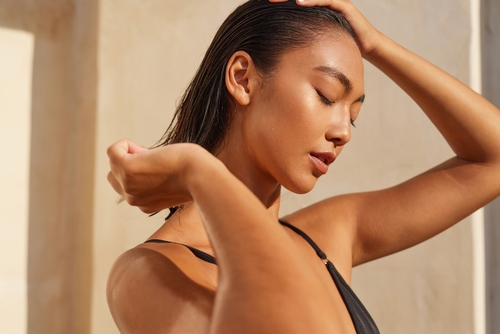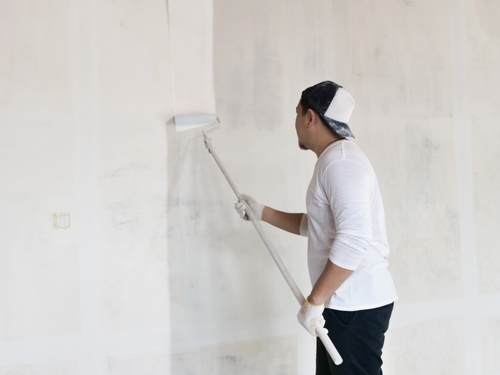There’s custom-made to fit your body shape perfectly, and there are clothing modifications that help creates a suit that matches the style that you wish to project. And of course, there’s no reason why you can’t have both at once.
A few terms a tailor uses:
Bespoken suit: A suit custom-made for an individual; made from scratch.
Made-for-measure: A standard pattern is modified to suit the individual; less expensive than bespoken.
Straight and crooked Jackets. Not a reference to the quality but the way it is cut. A jacket that covers up most of the chest and neck of the wearer is termed crooked; allowing you to see the top of the tie and the shirt collar but little else of what you wear underneath. By contrast, a jacket termed straight shows almost the whole length of the tie and the shirt on either side.
Crooked jackets tend to be more forgiving for an older man who has put on some weight around the middle. A straight jacket tends to look very neat if cut well, and look tight if it is too straight (even as it may not feel tight), but it will never be flattering to an overweight individual.
Most suits are made from wool or a wool blend. Pure wool breathes well, absorbs moisture and resists wrinkling. The number on the label that say ‘super 100’ refer to the number of time the wool has been twisted, and, hence, the fineness of the material. The higher the number the finer the material. Super 160 is very, but not a durable as the slightly coarser ’super100’.
Cotton is popular with hot climates; it breathes well, but wrinkling is an issue
Polyester is cheap, resists wrinkling exceptionally well, but its artificial nature makes it less appealing aesthetically. It is rather poor for hot climates as it does not breath well.
Balance refers to the way a jacket is harmonised with the individual’s posture. This is a custom suit feature, not really possible with off the rack items.
















